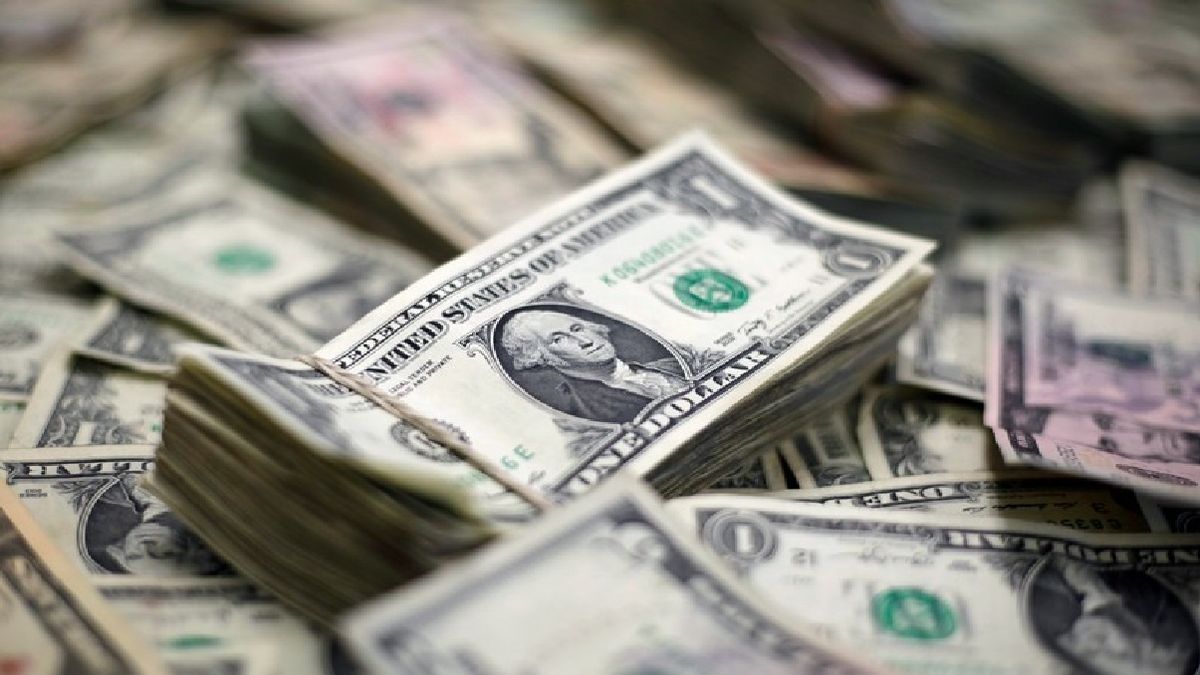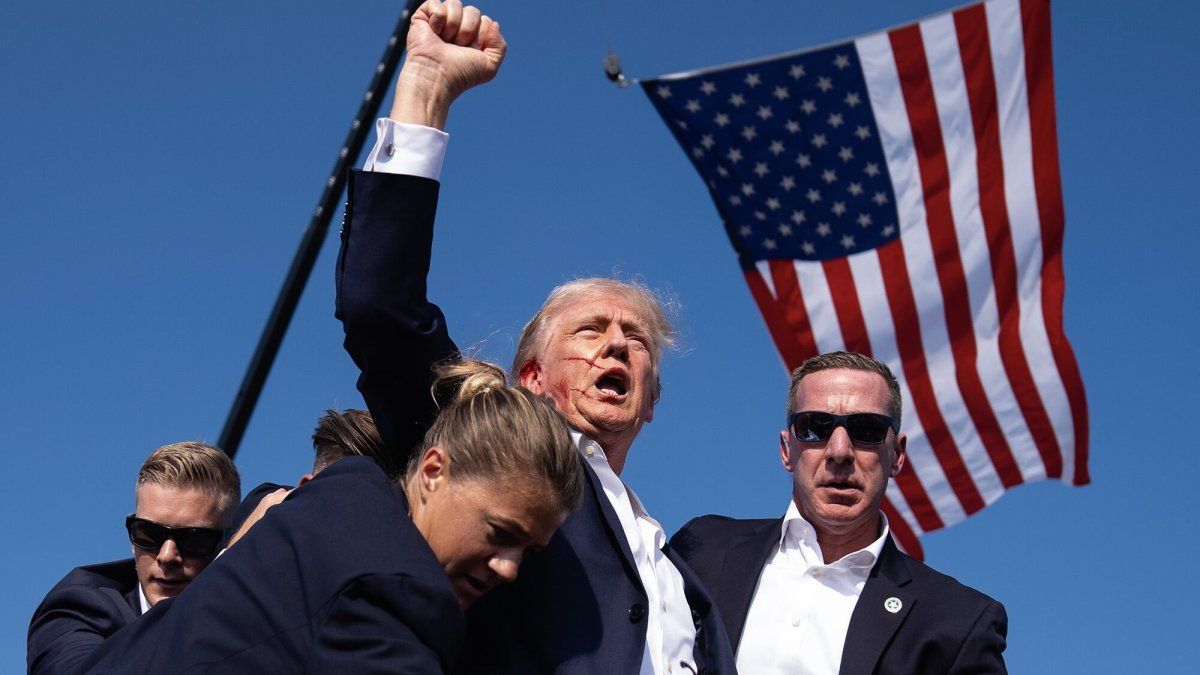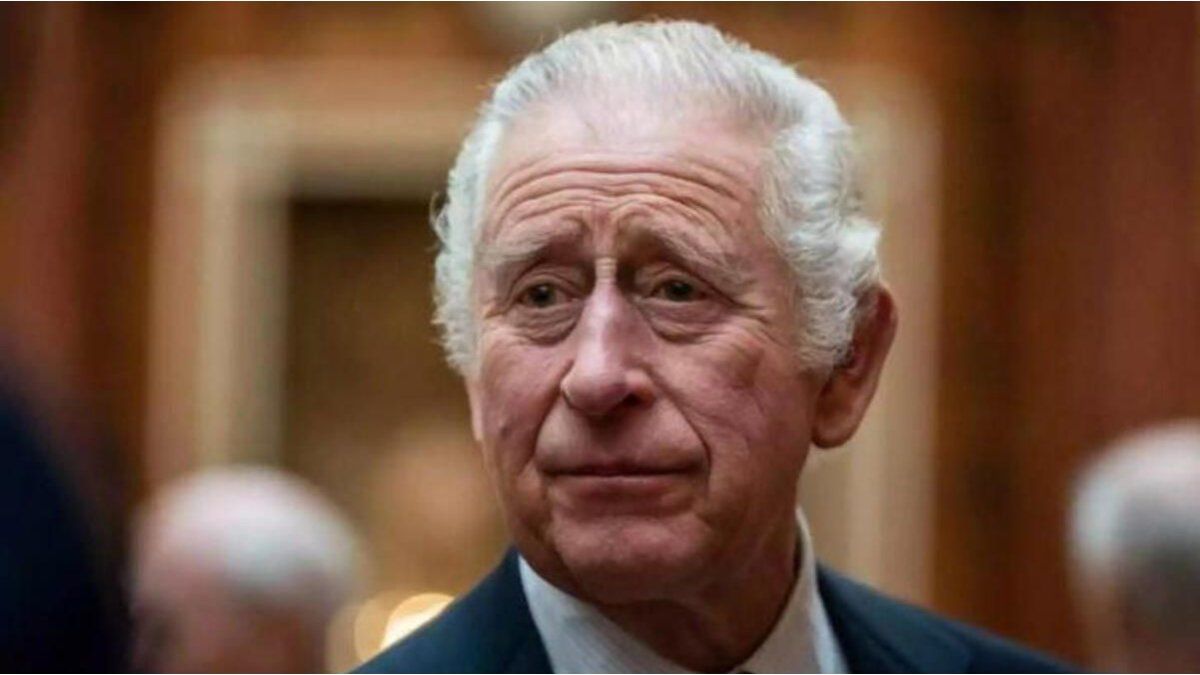He global dollar was trading stable on Friday after the significant drop recorded on Thursday following the data on the slowdown in the inflation in USAwhich also dragged down the currency in the local exchange market.
He dollar indexThe dollar, which compares the greenback to a basket of six major currencies, was trading steady at 104.37 units, close to a one-month low of 104.07 touched the day before.
He dollar in Uruguay It has had a week of ups and downs, but it has managed to stay above $40. Yesterday, it fell 0.11% and closed at 40.021 pesos, according to the exchange rate. Central Bank of Uruguay (BCU).
In the global currency market, the and in stabilized on Friday, a day after the Bank of Japan The U.S. central bank was likely to intervene to shore up the currency after an unexpected drop in U.S. consumer prices led to the dollar’s biggest drop since May. It was down 0.2 percent against the greenback at 159.175.
The Japanese currency, which has been languishing around 38-year lows, strengthened rapidly on Tuesday, sparking speculation that U.S. authorities Tokyo could have stepped in to buy.
Bank of Japan daily trading data on Friday suggested the bank spent between 3.37 trillion yen and 3.57 trillion yen ($21.18 billion to $22 billion) buying yen on Thursday, less than three months after its last foray into the market.
“It looks like it will be a volatile day, with markets nervous about intervention, but trading ‘carry trade’ “Yen prices remain very attractive to short and the change in the fundamental story is only marginal after last night’s healthier US CPI,” said Charu Chanana, of the Saxo.
He euro rose 0.15% to $1.08835, just below the one-month high touched on Thursday, while the pound sterling was hovering near a nearly one-year high reached on Thursday. In its last trading it was trading at $1.2948, after news that the US economy United Kingdom grew faster than expected in May, which could reduce the chances of a rate cut in August.
Source: Ambito




